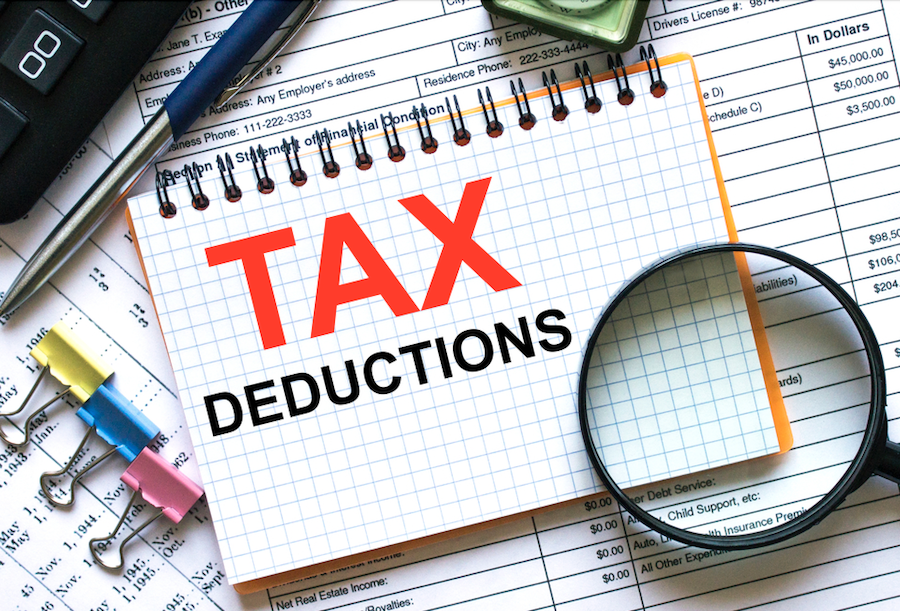Are you among the roughly 16 million Americans who are self-employed? Surprisingly, according to a Dartmouth survey, 70.8% of Americans say they would prefer to be self-employed, yet only about 7% are. While there are advantages, particularly in personal freedom and direction, there are daunting challenges working for yourself. The pressure is always on to operate as efficiently as possible, and with tax deadlines near, it is vital you understand tax write-offs for the self-employed. So, what is a write-off? A write-off is another way of saying deduction, and a deduction is any legitimate expense that reduces your business’s gross income (sales). Write-offs reduce your business income and lower the amount of taxes you owe. The more legitimate expenses your company has in 2021, the fewer taxes you will have to pay, so the key is to be able to identify what qualifies as a “legitimate” expense. As a self-employed person, you have a laundry list of qualified deductions. It isn’t our intent to provide a checklist here, but we want to highlight frequently overlooked or misunderstood ones.
Write-Offs – The Ones You Really Don’t Want to Mess Up
Some deductions have a far bigger impact on the amount of your tax liability than others. These are the ones you want to get right. One of the biggest and relatively newest is the deduction available to you if you are organized as a sole proprietary, general partnership, LLC, or taxed as an S Corporation. We are talking about the Qualified Business Income Deduction (QBID) defined in the Tax Cuts and Jobs Act of 2017. The QBID can be up to 20% of your business income as recorded on Schedule C, with a max limit on income of $329,800 filing married or $170,050 filing single for 2021. So, for example, if you have $150,000 in business income, you can receive up to a $30,000 deduction thanks to the new tax rules. There are other changes in deductions, most beneficial for the self-employed, contained in the TCJA, and you should consult with a tax professional to see how they impact you. Other significant deductions include:
- Home Office. It used to be if you had a designated space in your home that you exclusively used to work, you could deduct the “cost” of that space. As a self-employed person, you still can, but the benefit no longer applies to employees even though the pandemic has sent thousands to work at home. There are two methods to calculate your home office deduction. The standard option allows you to take a percentage of your home’s total expense (mortgage, utilities, insurance, etc.). The rate is determined by the number of square feet your office space represents of the home’s total area. This method requires detailed record keeping. The simplified option is far easier but will probably yield a smaller deduction given the cost of living in southern California. Essentially you are allowed a $5 per square foot allowance for up to 300 square feet resulting in a total maximum deduction of $1500.
- Self Employed Contributions Act (SECA). You paid FICA to fund your Social Security and Medicare accounts when you worked for someone else. FICA represents 7.65% of your gross pay. Your employer would chip in another 7.65% (SECA), making a total of 15.3%. As a self-employed person, the IRS considers you to be both an employer and an employee simultaneously, so you get to chip in the entire 15.3%. However, as an employer, you are entitled to deduct your part of the contribution (7.65%) as a payroll expense. Don’t forget to do it.
The takeaway is you want to have a tax professional assist you with a tax plan that gets you all the write-offs you are entitled to. At ASCEND Business Advisory, we help small and medium-size organizations in the San Diego and Los Angeles areas develop tax strategies that minimize tax liability and optimize net profit. Call us today for your tax planning session, 888 297-3321.

